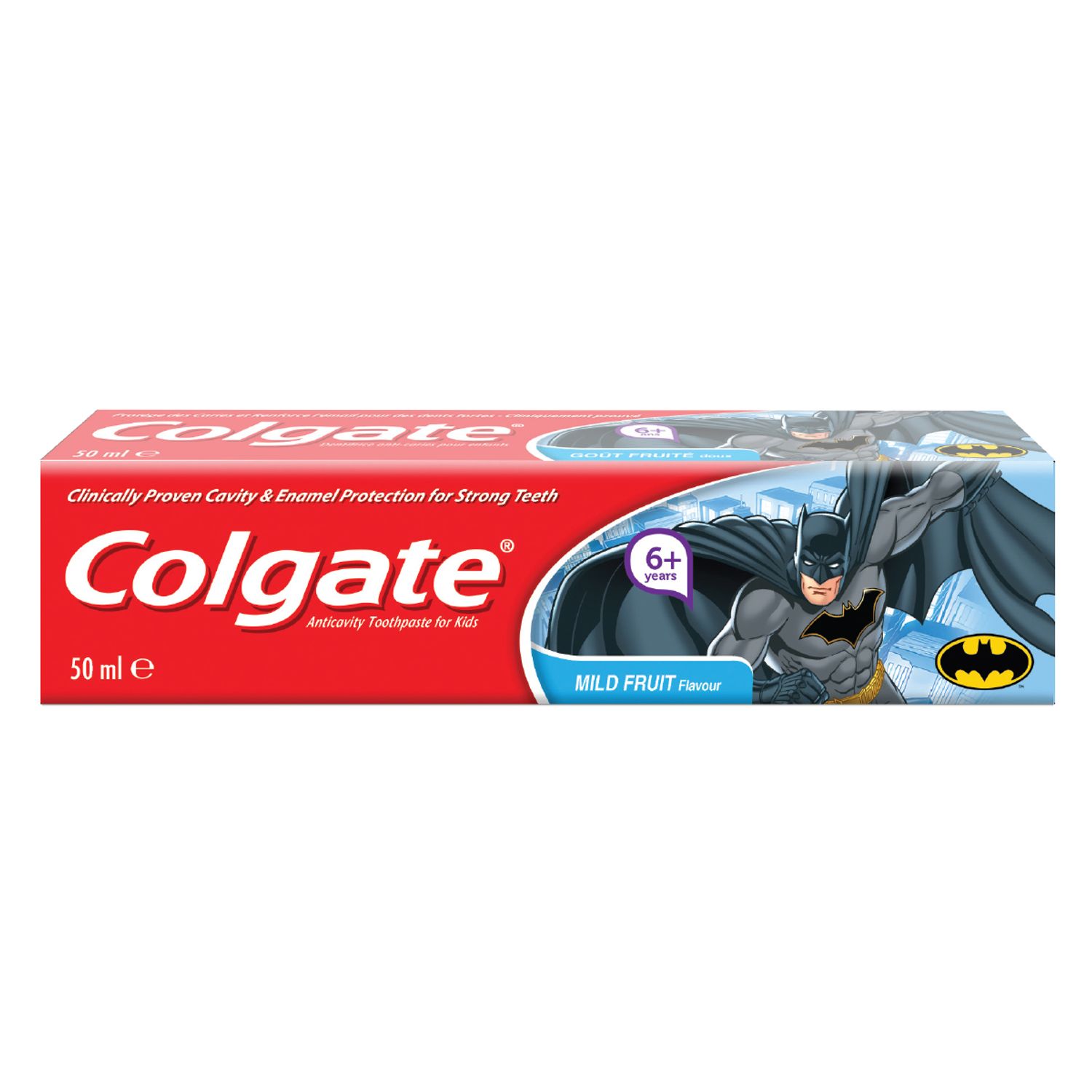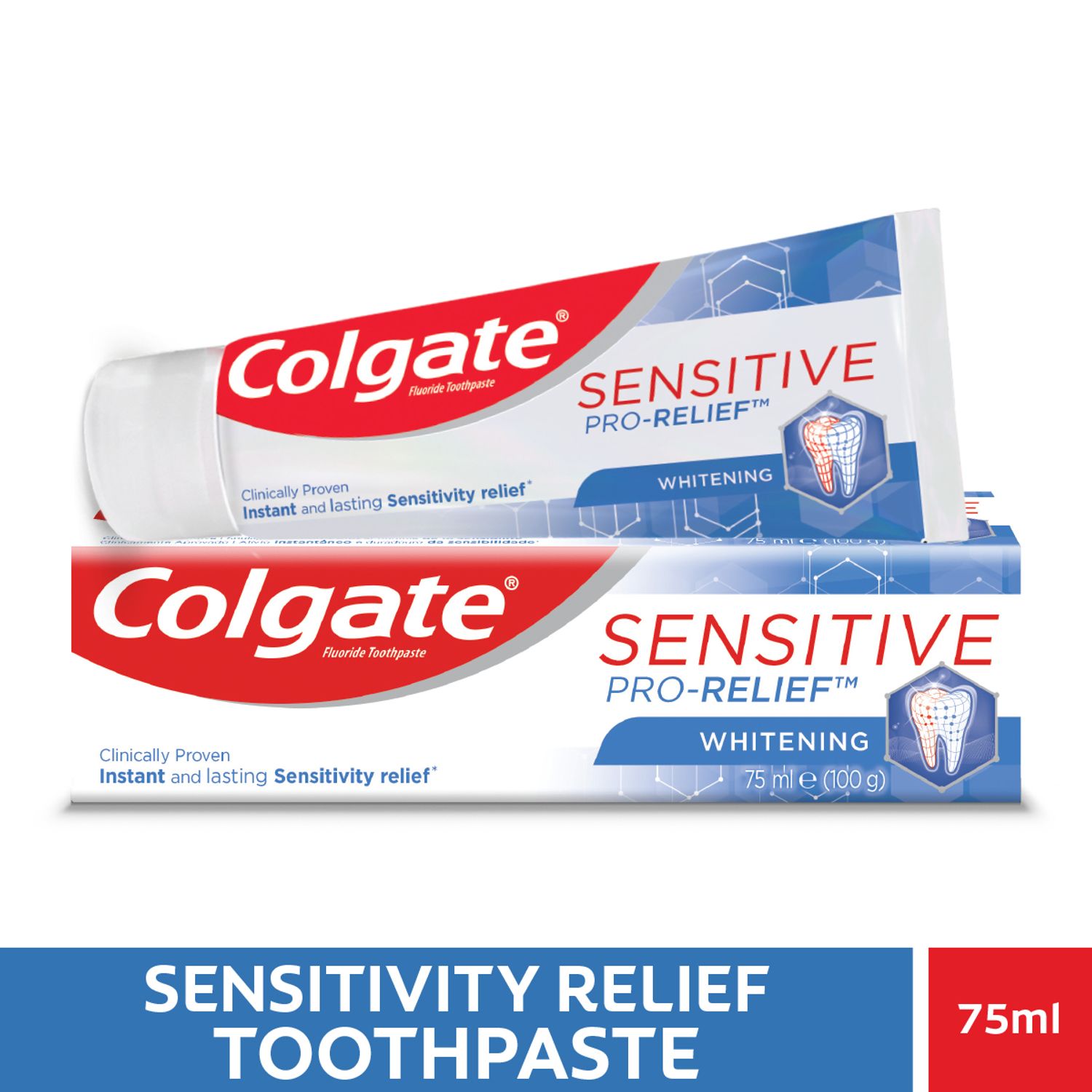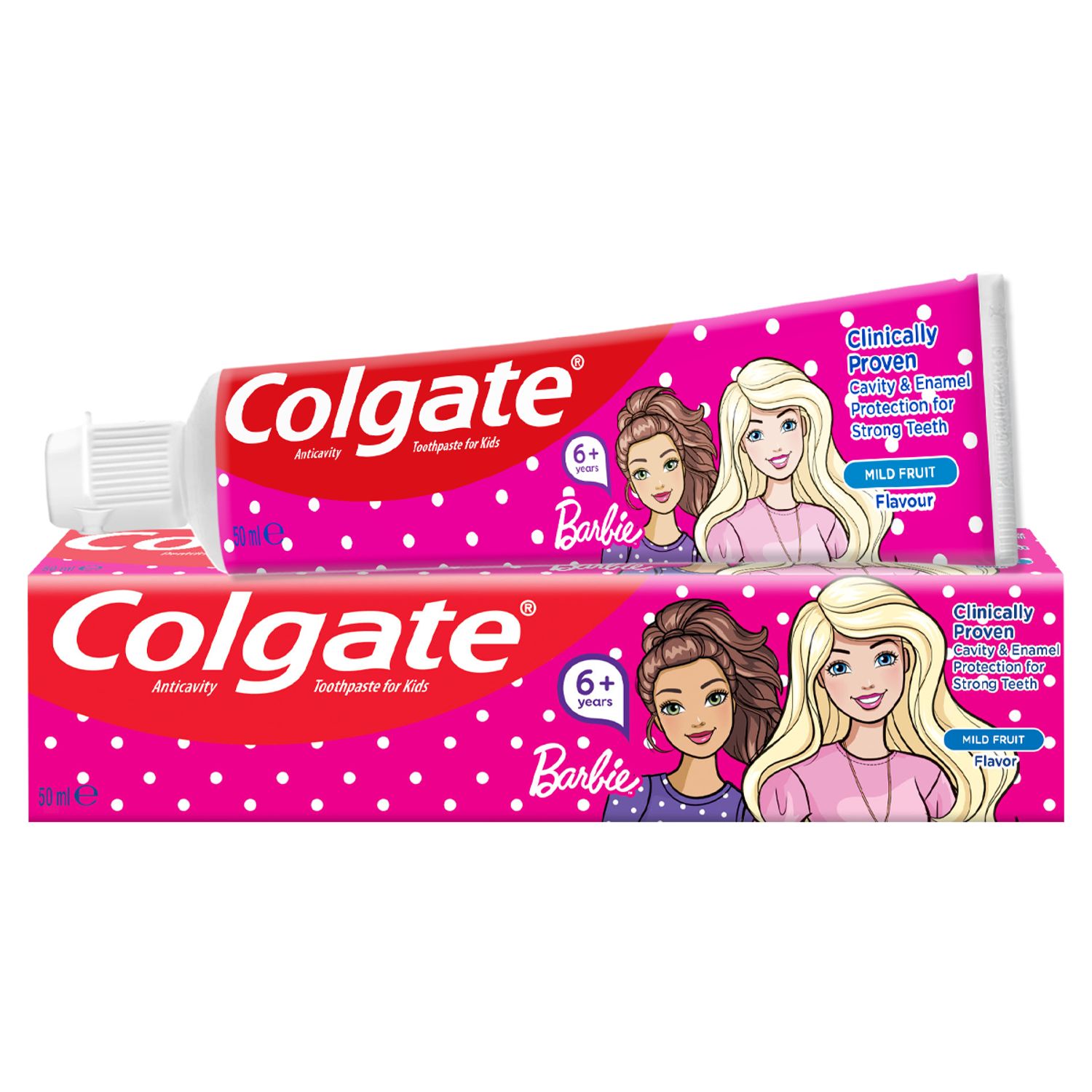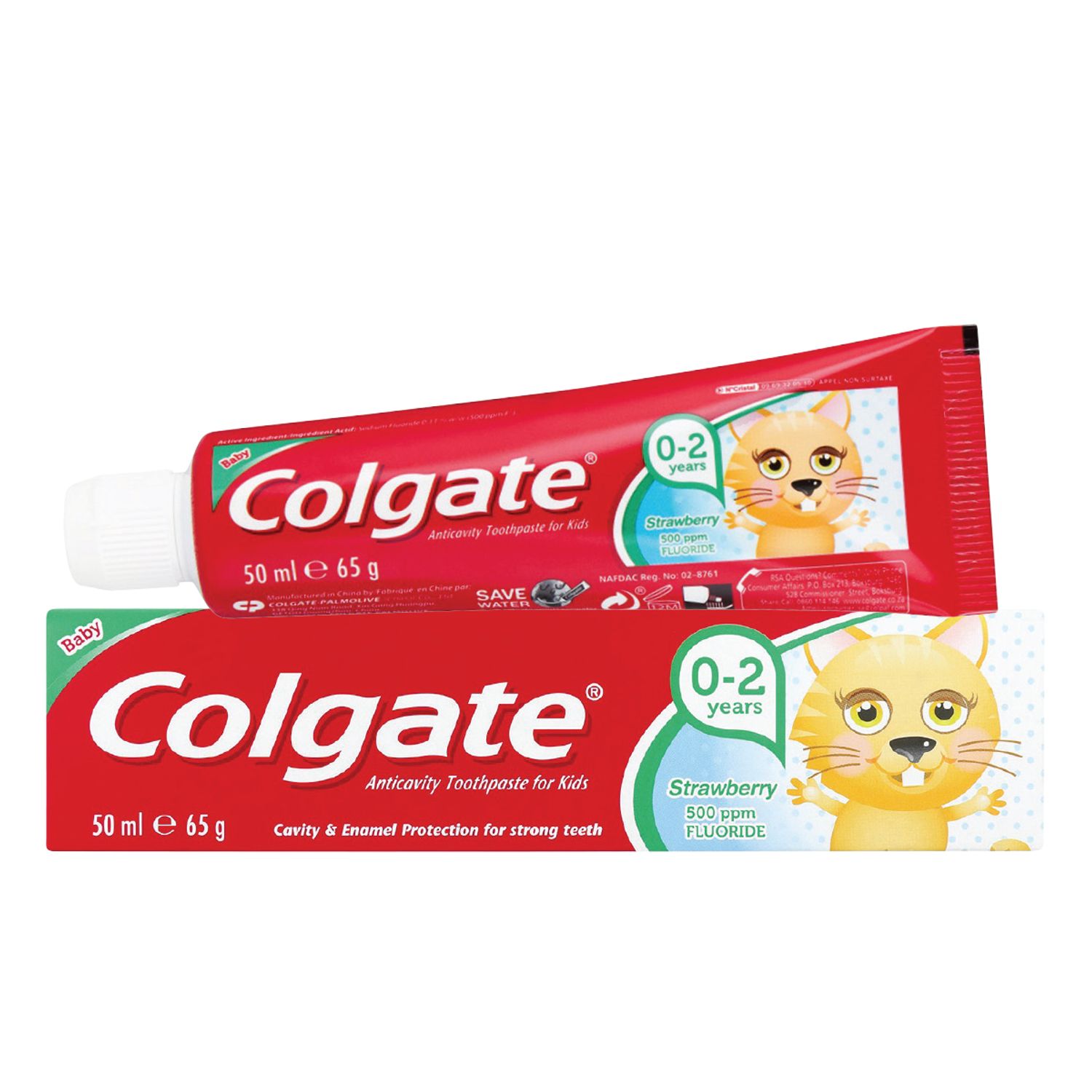When Will My Baby Start to Teethe?
Every baby is different when it comes to a teething timeline says Parent 24, but it is standard for the first tooth to appear around 6 months. Even so, the first tooth can appear as early as 3 months and as late as a year old. The front teeth will erupt first. Because these are incisor teeth, they erupt rather easily. At about a year, the molars make their debut, and due to their size, they are more painful. Next, the canines appear. Last, the final back molars break through at around age 2. Teething ordinarily ends by age 3.
Symptoms of Teething
Some children and their parents are extremely lucky and do not experience teething pain, but that is the exception rather than the rule. Teething pain is the result of gums thinning and the tooth breaking through. Before this first tooth appears, parents can ease the transition by gently massaging their baby's gums after feedings. Also, in this way, the child will grow accustomed to Mom or Dad cleaning his mouth and to having his gums massaged.
Teething symptoms can occur before a tooth appears — up to three to five days — and while the tooth makes its way through the gums. These symptoms include:
- Sucking and biting.
- Fussiness.
- Drooling.
- Rash around the mouth due to drooling.
- Swollen, red and sore gums.
- Waking frequently at night.
- Rubbing the ears.
- Lack of appetite.
Vomiting, diarrhea and fevers above 39 degrees Celsius are not symptoms of teething and warrant an immediate visit to your paediatrician to determine a cause.
Top Teething Remedies
How can you help your child cope with teething? The following teething pain remedies have all been tried by parents and are recommended by paediatricians.
For starters, over-the-counter pain relievers for children are mild and specifically designed for babies. Read the labels to ensure that the amount of acetaminophen or ibuprofen is appropriate for the child's age. Under no circumstance should you give your child aspirin because, in youth below the age of 20, it is linked to a serious but rare medical condition called Reye's syndrome. Many mothers have found that giving a child a pain reliever right before bed helps with sleepless nights caused by teething.
Pain relievers also come in topical applications. These over-the-counter gels numb the affected gum. Paediatricians recommend using gels sparingly, however, because if a child ingests the topical reliever, it may numb the throat. ( we do not recommend the use of OTC gels that contain benzocaine - this should be specified?)
Another remedy to alleviate teething pain involves the application of pressure to your baby's gums. Pressure can be applied with teething rings, which are soft and durable. Some children prefer cold teething rings because they numb the gums in addition to applying pressure. Some children respond well to a simple cold, wet cloth whereas others love a snack of ice lollies. Mom or Dad can also use clean fingers run under cold water to massage the gums for about two minutes.
Teething necklaces are also growing in popularity. ( there are many studies that document strangulation with the use of teething necklaces - we should not be encouraging the use of these ) In fact, using the necklace to teethe is convenient. What is even better is that it means that your baby is in the comfort of your arms while teething and you can hold the necklace while relieving the pain of teething.
Last, it is important to remember that the teething period is not the time to wean your child off a pacifier. After all, by chewing on a pacifier, your child is naturally massaging his gums, which relieves pressure.
Teething is a difficult time for both parents and children, but there are, fortunately, ways to make it easier. Try a few different methods to see what works best for you. After all, the top teething remedy for one parent may not be the top remedy for another.














